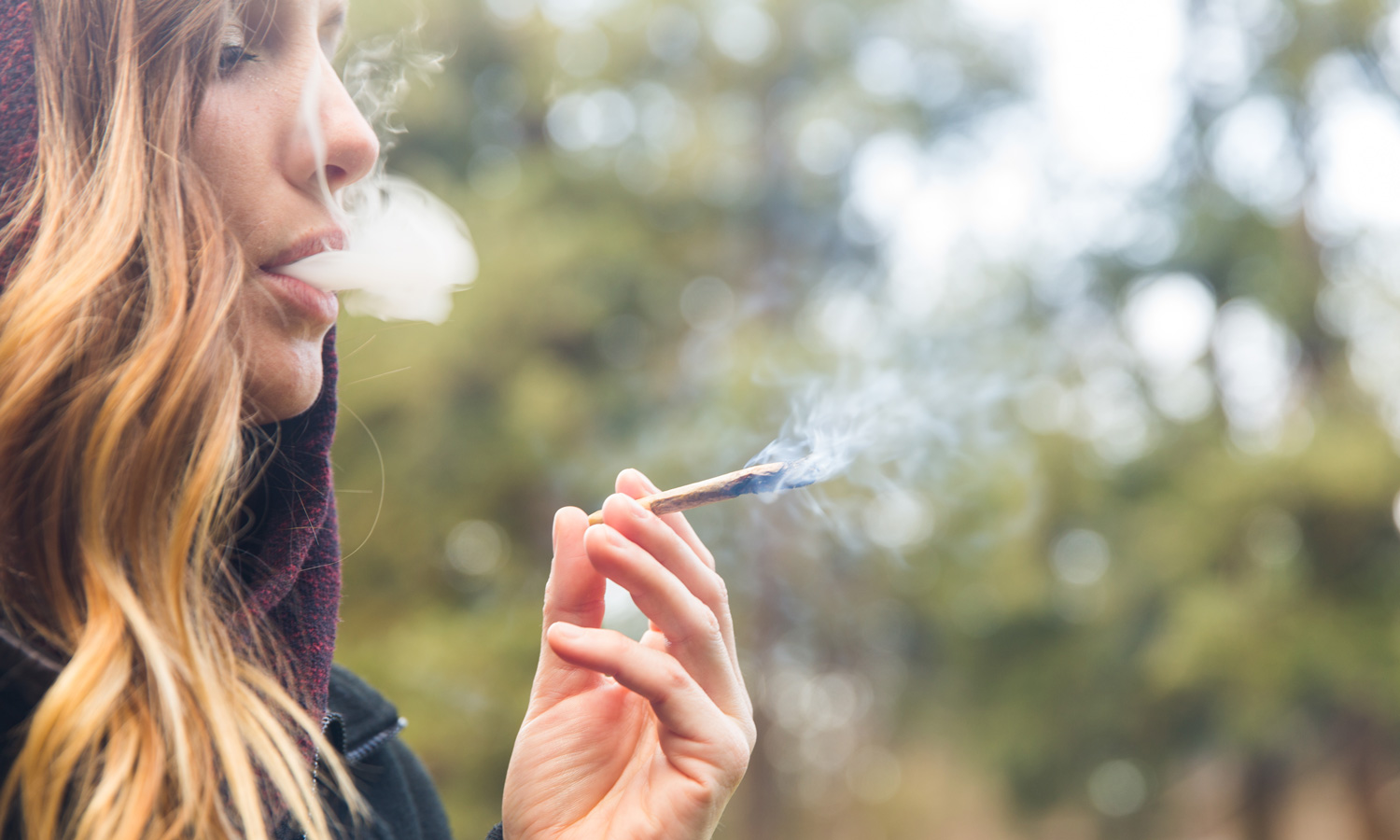
How ancient medicine merges with legalization
This article originally appeared on Cannabis.net and has been republished with permission.
Ayurveda is an ancient medical system that originated in India and dates back over 3,000 years. At the core of Ayurveda, the recommended treatments and lifestyles are designed to promote health while preventing disease. Some of the practices recommended in Ayurveda include the use of herbal remedies, massage, yoga, meditation and following the specified diet.
In addition, Ayurveda sees the five elements of nature – water, fire, air, space and earth – combined in the human body as doshas or components. These doshas are pitta, vatta or kapha, all related to the elements of nature. Ayurveda states that for optimal mental and physical health, all doshas should be well balanced.
Photo by Alan Caishan via Unsplash
In India, Ayurveda is the most common type of medical treatment, as we accept Western medicine here. Professional Ayurvedic practitioners should undergo institutionalized training in order to practice.
Many Westerners look to Ayurveda to counteract disease and even as a substitute for all Western medicine. Just like naturopathy, homeopathy and other more Eastern types of medicine systems, Ayurveda has many advantages for those who want to turn away from conventional medicines and the Western medicine system – which has failed many.
The use of cannabis in ancient Indian medical texts can be traced back thousands of years as written in the Atharva-Veda, the traditional sacred literature that is part of the Vedas, which states that it is collectively one of the five sacred plants the earth is with soma, sugar, darhbha grass and barley. There are also certain Ayurvedic names related to cannabis, namely Vijaya for one, meaning one who conquers; the other is siddhi, meaning attainment and subtle power.
It wasn’t until the Middle Ages that cannabis was mentioned in Ayurvedic texts, where it was referred to as bhang (leaves of female and male marijuana plants and a name for hemp), charas (plant resin), and ganja (flowering spikes of the female plant), among others.
Ganja is more commonly used to refer to marijuana plant parts and in some Indian regions they use bhang to refer to a drink made from cannabis.
 Photo by Shane Cotee/EyeEm/Getty Images
Photo by Shane Cotee/EyeEm/Getty Images
How Ayurveda recommends the use of cannabis
Since all philosophies and treatments in Ayurveda aim to balance the body while promoting well-being, it is not surprising that they do not encourage long-term use of cannabis. They believe this will dehydrate the body; Ironically, they also believe that long-term use in men will lead to anxiety, depression, a decrease in testosterone levels and infertility.
However, they encourage moderate use, which they believe warms the body, stimulates the nervous system, sedates, and acts as an aphrodisiac. According to Ayurveda, the properties of the plant are heat-generating, penetrating (quickly spreads throughout the body), acrid, pungent and light.
RELATED: The skyrocketing health benefits of CBD + adaptogens
When making medicine from cannabis, they use flowers, resin, seeds and leaves. Bhang made from leaf powder is usually given in a dose of 125 to 250 mg, for ganja 50 to 125 mg and for resin 30 mg. They believe the resin and flowers are a powerful narcotic that has many spiritual and physical benefits.
The benefits of cannabis are discussed in their medicinal text in a number of ways:
- Bhang is recommended for temporary treatment of high blood pressure. It is intended for short-term use only as hypertension is also treated with other types of Ayurvedic practices.
- Bhang is also recommended to treat glaucoma.
- It stimulates the nervous system and relieves nervous exhaustion, spasms, neuralgia, delirium and headaches
- Sikhs in northern India occasionally consume a mixture of bhang along with pistachios and almonds, as well as rose petals, saffron and black pepper, among others, with cow’s milk to help focus, especially after tiring all-day exercise. It is also used to help them digest food efficiently.
- Oral cannabis has been recommended during Tibbi and Ayurveda rituals to treat rheumatism and malaria
- Bang has been consumed by newlyweds to increase their libido
- Marijuana has been mentioned by the Bhav Prakash Nighantu for treating nasal congestion, diarrhea, pain relief and respiratory disorders, among other uses
- During the Holi or Indian spring color festival, they prepare a drink called thandai which has a few variants, one of which is made with bhang. As kapha dosha tends to be out of balance during spring, they believe drinking bhang will help restore balance and treat seasonal congestion like coughs and colds
These are just a few of the many recommended uses of cannabis in Ayurveda.
 Photo by Nicole De Khors via Burst
Photo by Nicole De Khors via Burst
It is also interesting to note that the preparation of marijuana must first be cleaned. In many cases, they first cook it in acacia arabica, a stock known as babbula. Other detox methods involve mixing cannabis in milk.
RELATED: The connection between Ayurveda, cannabis and psychedelics
The philosophies of Ayurveda include right and wrong ways of using cannabis, but when used properly it is effective in treating the conditions listed above. First and foremost, it is widely known to be effective in treating digestive and respiratory disorders and other conditions that require the use of a tonic.
It also has spiritual properties as there are some scriptures indicating that it was cultivated and prepared for spiritual purposes. It was also a valuable plant for Lord Shiva, the god of transformation. There is no mention in the Ayurvedic scriptures of its use for recreational purposes or intoxication, although many people in northern India and Nepal today use it regularly for recreation and as part of religious rituals.
This article originally appeared on Cannabis.net and has been republished with permission.

Post a comment: